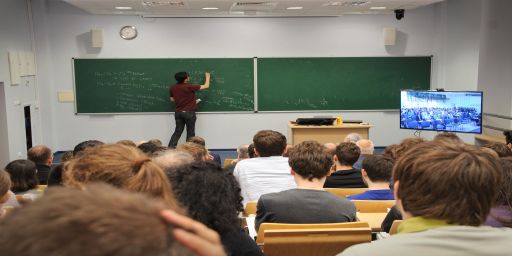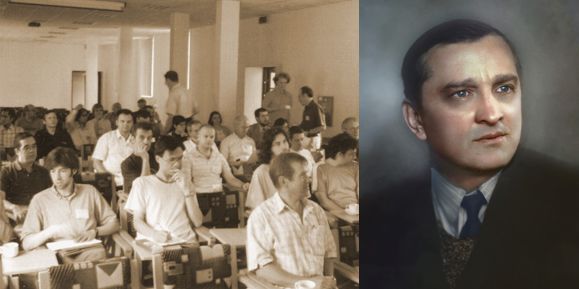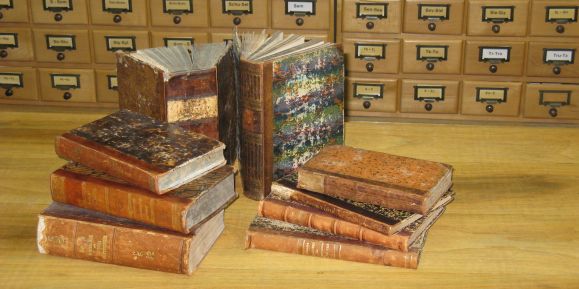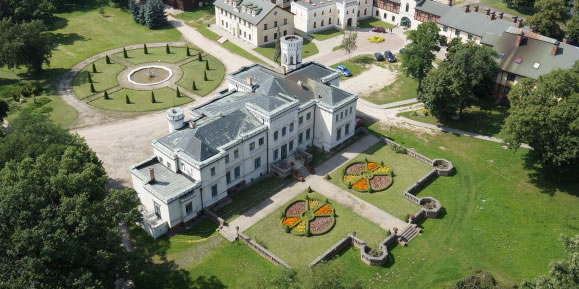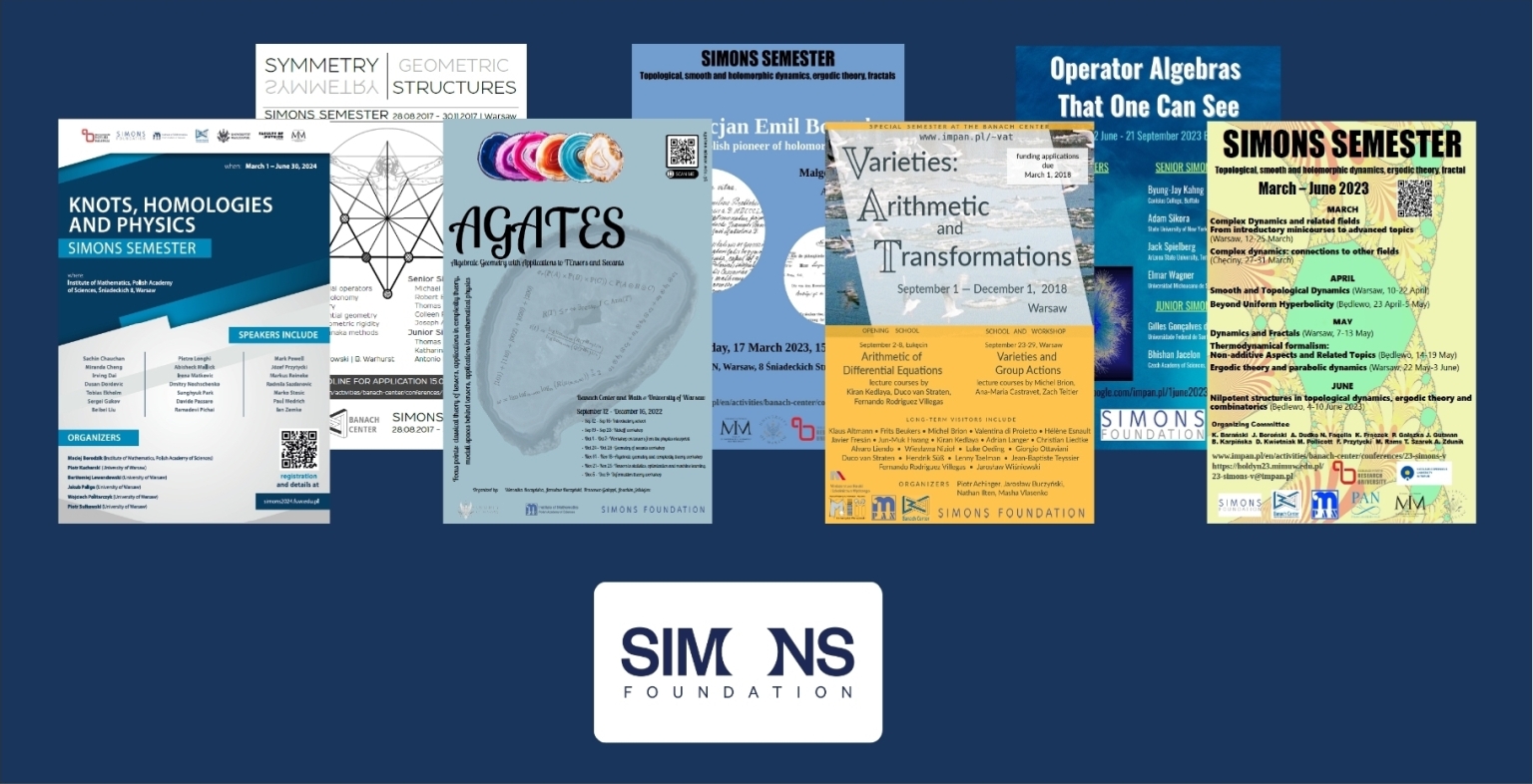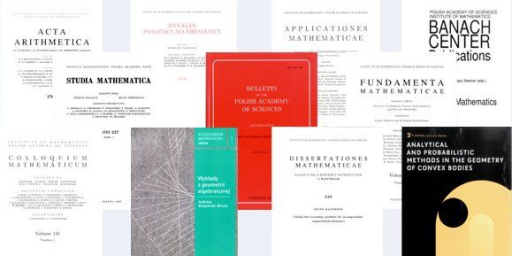First detection of a gravitational wave signal by detector Virgo
On August 1, 2017, the Advanced Virgo detector joined the Advanced LIGO second observation run “O2” which ran from November 30, 2016 until August 25. On August 14, 2017, at 10:30:43 UTC, a transient gravitational-wave signal, now labelled as GW170814, was detected by automated software analyzing the data recorded by the two Advanced LIGO detectors. The signal was found to be consistent with the final moments of the coalescence of two stellar-mass black holes, and subsequent analysis using all the information available from the three detectors showed clear evidence of the signal in the Advanced Virgo detector as well. This makes GW170814 the first confirmed gravitational-wave event to be observed by three detectors.
The detected gravitational waves “ripples in space and time” were emitted during the final moments of the merger of two black holes with masses about 31 and 25 times the mass of the Sun and located about 1.8 billion light-years away. The newly produced spinning black hole has about 53 times the mass of our Sun. This means that about 3 solar masses were converted into gravitational-wave energy during the coalescence.
The GW170814 event is the fourth confirmed detection of gravitational waves reported by the LIGO Scientific Collaboration and Virgo Collaboration from a coalescing pair of stellar-mass black holes, and the first such signal to be observed by the Advanced Virgo detector. This detection illustrates the enhanced capability of a three-detector global network (the twin Advanced LIGO detectors plus Advanced Virgo) in particular to localize the gravitational-wave source on the sky and to test the general theory of relativity. GW170814 therefore marks an exciting new breakthrough for the emerging field of gravitational-wave astronomy.
What makes this event quite unique is that this is the first detection made by the two Advanced LIGO interferometers and Advanced Virgo. A three-detector network has enormous scientific potential, and this is well-illustrated by GW170814 with its much better localization (in terms of both sky-position and distance) and suitability for carrying out additional tests of general relativity. With the third LIGO-Virgo observing run, „O3”, scheduled to start in about a year, the prospects for gravitational-wave astronomy now look exceedingly bright.
Annoucement of the discovery took place at a press conference of ministers of science of G7 held 27-28 September in Venaria near Torino. Andrzej Królak Polgraw group leader participated in the annoucement.
Polgraw group, a member of the Virgo project, is a group of scientists form Polish Institutions coordinated by prof. Krolak. Institute of Mathematics PAS is a leader of the consortium of Polish institutions participating in the Virgo project.

